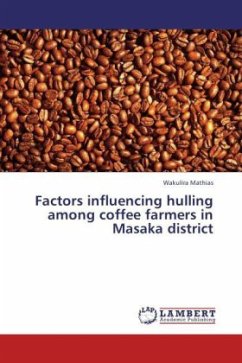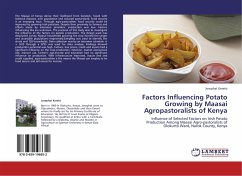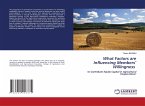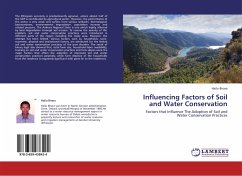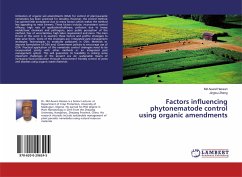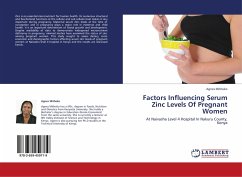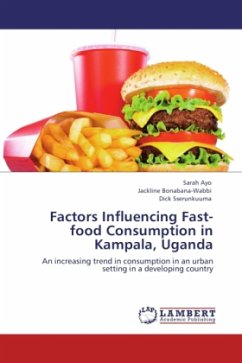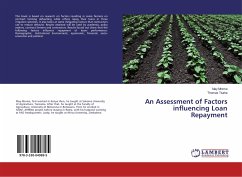The purpose of this study is to determine the factors underlying the adoption of coffee hulling by farmers, and to estimate the price elasticities for hulled and unhulled coffee sold. 300 farmers were randomly selected and interviewed using a structured questionnaire. The censored Tobit model was used to analyse the factors that influence the sale of hulled coffee. Two OLS models for the marketed supply of unhulled and hulled coffee were estimated and their corresponding elasticities determined. The results indicate that higher market prices of hulled coffee positively and significantly (p0.01) enhance the proportion of hulled coffee sold, while distance from the farmer s home to the coffee processing factory and drought conditions during the season significantly (p0.05) reduce the proportion of hulled coffee sold. The sale of hulled coffee was found to be more price responsive than the sale of unhulled coffee both in the short and long run. Based on these findings the study recommends supporting the development of farmer institutions as a way of promoting the uptake of coffee hulling and value addition to improve farmers incomes.
Bitte wählen Sie Ihr Anliegen aus.
Rechnungen
Retourenschein anfordern
Bestellstatus
Storno

